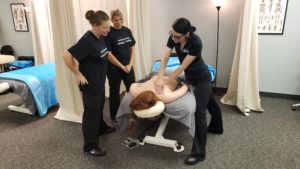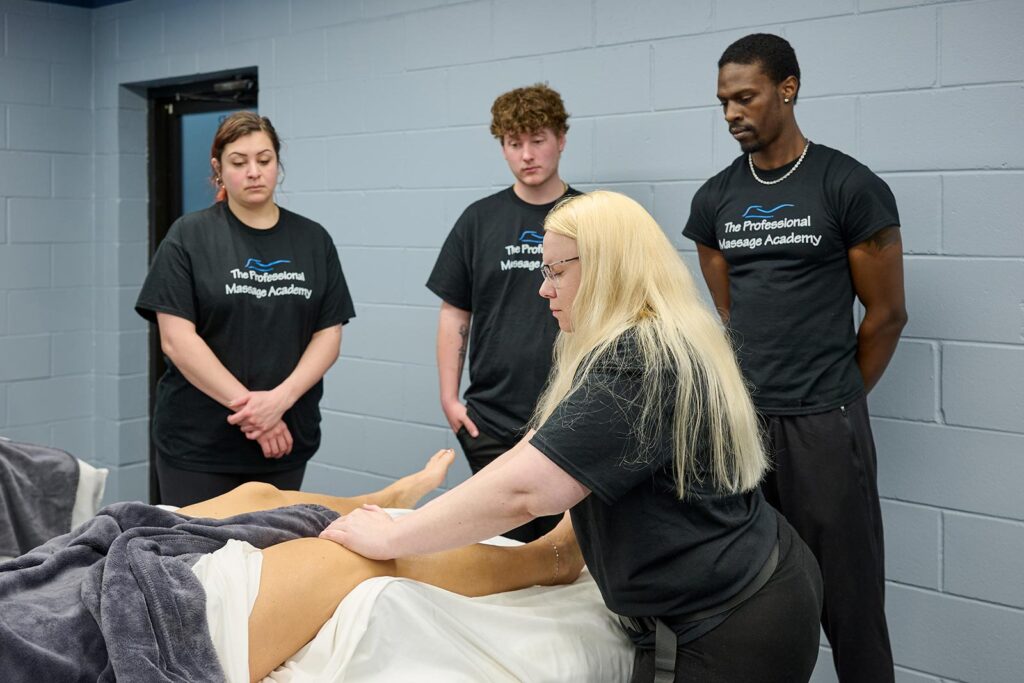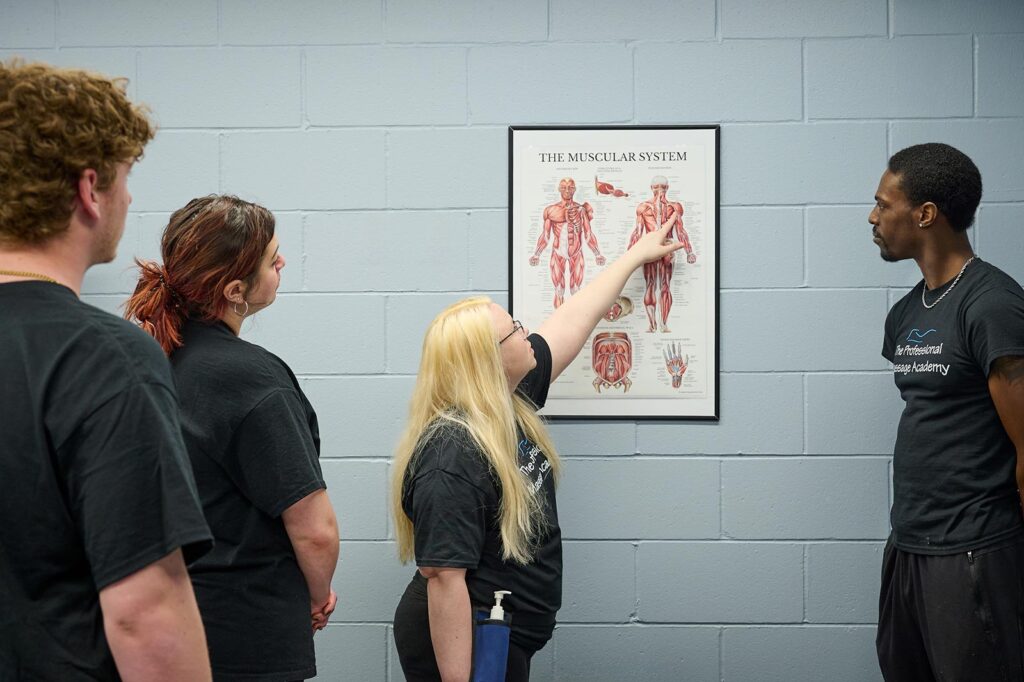Many people have heard of the term “Swedish massage” and this is a popular form of massage therapy. This type of massage was developed in Sweden in the 18th century and there are certain principles of Swedish massage such as effleurage, petrissage, friction and percussion. It is common for people to think of Swedish massage as a gentle, light-pressure type of massage. In effect, the form of Swedish massage called effleurage is essentially this.
Swedish Massage: Effleurage
Effleurage is a French word that means to “touch lightly on,” and is composed of long, stroking movements. This is very effective to be used at the beginning of a massage in order to ease into the other techniques, and could be thought of as a “warm-up” for ones’ body. Often, when performed at a slow speed, effleurage helps the client to become relaxed and it begins to tell the nervous system that it is ok for the body to let go of tension and tightness. This technique also brings blood flow to the muscles, skin, and tissue in the region that it is applied to.
The effleurage technique may be used prior to or in conjunction with other techniques, or it may be applied for the entire length of the massage. If the client is interested in a massage that is primarily for stress relief or relaxation then this is a great option. Since it is applied more superficially to the body, effleurage can also be effective for improving circulation, decreasing swelling and improvement of lymphatic drainage and flow.
 Sometimes the client will feel uneasy about massage because they are afraid it will “hurt” or maybe they have had aggressive or deep massage in the past that left them with a good deal of post-massage soreness. This is a great population to discuss the use of effleurage with. This Swedish massage technique is light and gentle and thus decreases the potential for post-massage soreness. The client will still achieve the benefits listed above, and may even be able to reach an increased level of relaxation compared with deeper techniques. If someone is looking for a deep massage, effleurage is not the choice for them.
Sometimes the client will feel uneasy about massage because they are afraid it will “hurt” or maybe they have had aggressive or deep massage in the past that left them with a good deal of post-massage soreness. This is a great population to discuss the use of effleurage with. This Swedish massage technique is light and gentle and thus decreases the potential for post-massage soreness. The client will still achieve the benefits listed above, and may even be able to reach an increased level of relaxation compared with deeper techniques. If someone is looking for a deep massage, effleurage is not the choice for them.
With that, if the client enters the massage in a state of increased nervous system arousal and noted “fight or flight” response or mentions they are stressed out, then this effleurage is a great choice to begin with prior to deeper techniques because you will relax them enough to effectively be able to “go deeper.” Effleurage is also a wonderful way for the massage to end regardless of what other techniques you may have used throughout the massage. You will leave the person feeling relaxed, with blood-flow increased, and the nervous system quieted. Ready to face the world again!
Interested in Deep Tissue Pressure Point Therapy? Learn more on our blog.



